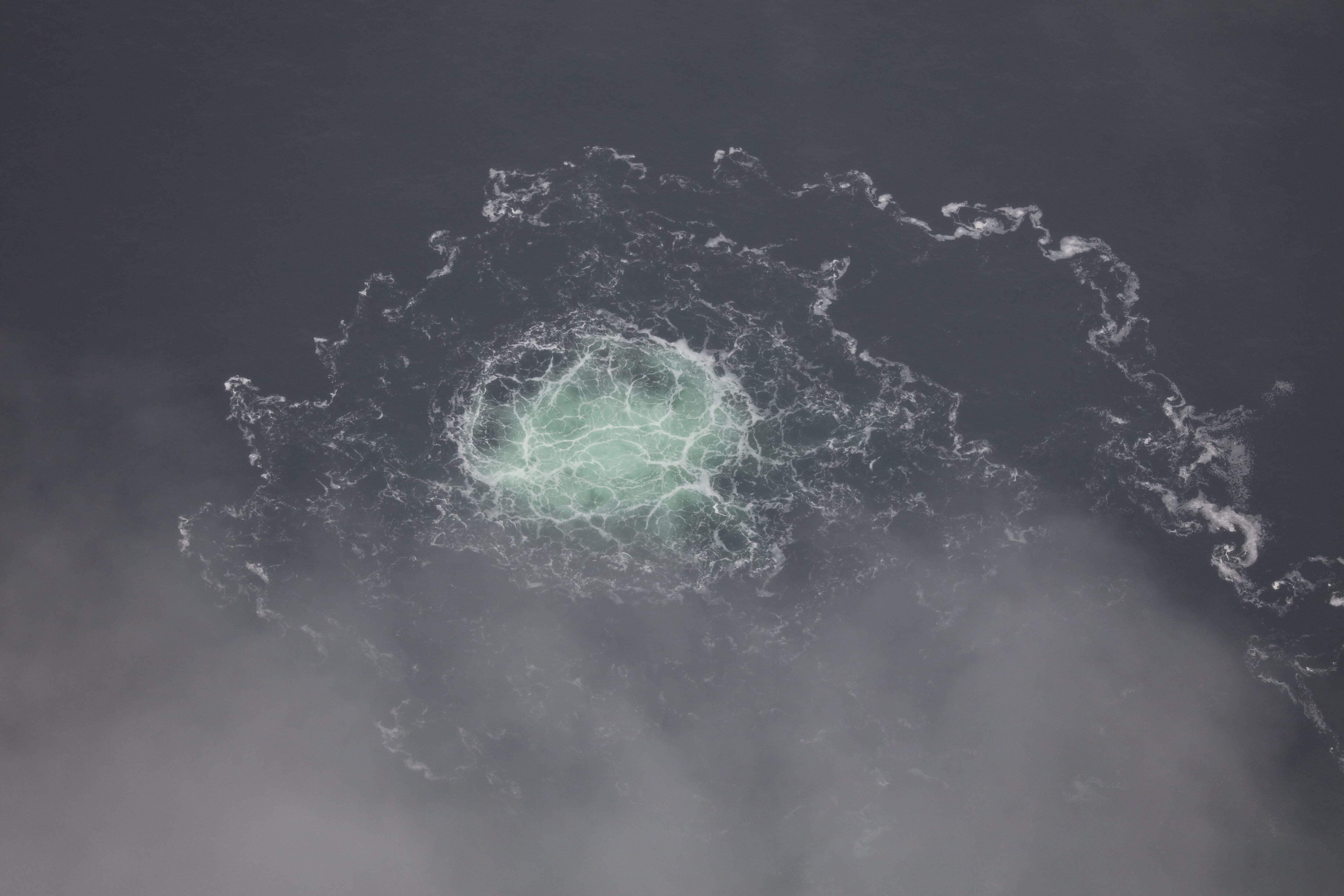LONDON — Britain plans to boost its undersea capabilities in the face of growing threats from Russia, with the Ministry of Defence preparing to release tender documents in the next few weeks aimed at purchasing a deep-water remotely operated vehicle.
The Defence Equipment and Support arm of the MoD is currently in the process acquiring the remotely operating vehicle in a program likely to cost the British £20 million ($24 million).
The commercial off-the-shelf vehicle, being acquired via a competitive tender, will give the British the ability to manipulate objects and produce high resolution imagery down to a depth of 6,000 meters.
The requirement to provide Britain with a deep-water salvage capability was included in a recently published update of the departments forward equipment pipeline of work.
An MoD spokesperson confirmed the procurement effort is underway.
“We are seeking to procure a remotely operated vehicle system, which will provide a deep-water salvage capability in support of United Kingdom maritime operations,” they said.
News the British are strengthening their military underwater capabilities comes just days after Defence Secretary Ben Wallace announced the MoD was speeding up a multirole ocean surveillance vessel program using some of the cash from scrapping a controversial plan to build a £250 million super yacht to promote British exports around the globe.
Wallace said instead the MoD would be speeding up the introduction of a specialist multi-role ocean surveillance ship being acquired to protect underwater pipelines and cables from potential sabotage by Russia.
The first ocean surveillance vessel, thought to be a converted merchant ship, should be handed over to the Royal Fleet Auxiliary, the support arm of the Royal Navy, next year, months ahead of the original plan.
A second ship , likely built locally, is also now part of the British plan to protect undersea infrastructure from possible attack.
The government had planned just one vessel when the requirement was included in the 2021 integrated defense and security review – which is itself subject to review expected to be published by January.
Speaking in the House of Commons on Nov. 7 Wallace told lawmakers he was prioritizing the procurement of the surveillance ship and had terminated the competition to build the yacht, which the MoD was to fund.
“In the face of the Russian illegal and unprovoked invasion of Ukraine and Putin’s reckless disregard of international arrangements designed to keep world order, it is right that we prioritize delivering capabilities which safeguard our national infrastructure,” he told members of Parliament.
The Russians are thought to be behind the late September sabotage of two Nord Stream pipelines in the Baltic Sea bringing natural gas from Russia to western Europe.
It’s not clear at this point whether the deep-sea unmanned vehicle will be part of the surveillance vessel capability.
The Royal Navy has previously said the ship will be fitted with advanced sensors and a number of remotely operated and autonomous undersea drones.
The envisioned vehicle is likely to be able to interface onto a number of platforms both commercial and government-owned.
Andrew Chuter is the United Kingdom correspondent for Defense News.








